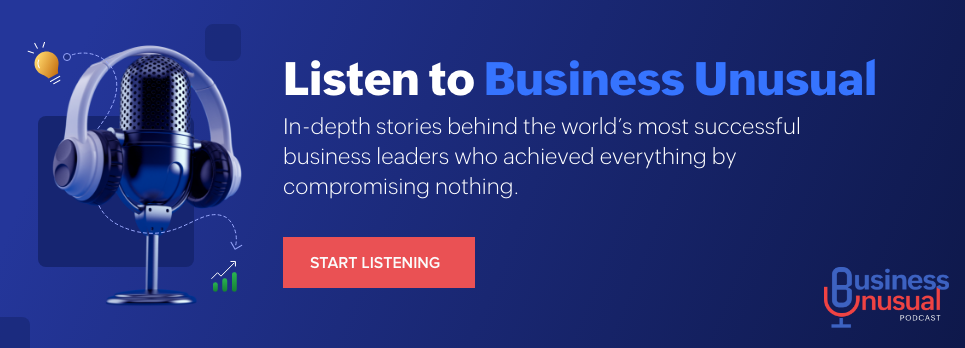What will it take to achieve business success in 2025? As customer expectations evolve, new technologies emerge, and more competitors arrive on the market, it will be more crucial than ever to identify the factors driving your business forward—and holding it back. Below, we’re looking at some simple, high-impact metrics that can help you promote stronger customer relationships and a healthier, more profitable business in the coming year.
Customer Retention Cost (CRC)
Anecdotally, we all know that retaining existing customers is cheaper than finding new ones. Customer Acquisition Cost (CAC) is a widely used metric for determining what it takes to bring new users to your products, but what about the costs of retaining them? By tracking CRC, teams can understand which customer success strategies are cost effective and which ones need optimization. In tandem with CAC, teams can also identify the customer journeys generating the greatest LTV.
Committed Monthly Recurring Revenue (CMRR)
MRR (Monthly Recurring Revenue) is a great tool for understanding an organization's current financial health. But because MRR only looks at past economic performance, it doesn't reflect information about new revenue that has been committed to but not yet billed. This is where looking at CMRR can offer a more detailed picture of an organization's long-term revenue opportunities. By accounting for guaranteed revenue expansion as well as churn, CMRR offers a forward-facing, finer-grained analysis into the revenue an organization already has in the pipeline.
Net Dollar Retention (NDR)
Net Dollar Retention measures the health of the business's recurring revenue from existing customers. It's expressed as a percentage, showing growth or shrinkage in MRR over a particular time period and taking expansion, contraction, and churn all into account. A business with an NDR above 100% is increasing its MRR from existing customers and is likely on a solid footing for growth, with opportunities to improve LTV and grow expansion revenue. A business with an NDR below 100% is getting less MRR from its existing customers over time, suggesting that it's having trouble with its retention and growth strategies. Because NDR incorporates upgrades, downgrades, and churn, it also provides teams with indirect data about customer satisfaction as well as the overall stickiness of the product.
Time to First Value (TTFV)
Time to First Value measures how long it takes for a new customer to see significant ROI from the product. TTFV helps teams measure the efficacy of their onboarding programs and the ease of user experience. This metric is also helpful for pinpointing the activities that cause drop-off or prompt a call to support. While every organization, product, or service will have its own predetermined set of "value milestones," TTFV is especially useful as a rolling metric of insights about the customer experience.
Support Ticket Trends
Unlike the other metrics in this list, this one produces themes as well as numbers. By parsing customer support tickets for common keywords and patterns, this qualitative metric surfaces trends common across multiple pain points among customers. Identifying trends from different parts of the customer support experience helps managers glean insights about the ways their support teams are most effective and identify places to improve products and support responses. Support ticket trends can also reveal data about ticket velocity, resolution times vs. recurrence rates, and post-resolution CSATs to highlight the effectiveness of specific teams and agents.
Tracking KPIs in the new year
If you aren't already prioritizing the visibility of the metrics listed above, the new year is the perfect time to investigate software solutions that can help. Whether its a modern CX platform or a comprehensive BI suite, intelligent apps that track vital KPIs and recommend precise actions to take in response make it easier to deliver the top-tier experience customers are expecting in 2025. By equipping your teams with the right tools, and promoting the right metrics, you can optimize your efforts to support, engage, and retain customers, whether they have a new or established relationship with your brand.



